Tesla Model S tops study looking at highest EV value loss after 10 years with an almost 90% depreciation
Published on Jul 09, 2025 at 2:18 PM (UTC+4)
by Ben Thompson
Last updated on Jul 09, 2025 at 3:42 PM (UTC+4)
Edited by
Kate Bain
The Tesla Model S has topped a study measuring EV value loss over 10 years, recording an almost 90 percent depreciation.
A study undertaken by Boohoff Law analyzed the manufacturers’ suggested retail price back in 2015 and compared it to the average resale price in 2025.
The cars with the highest percentage decrease received a higher ranking.
Whilst the Model S came out on top, other models such as the Fiat 500e and BMW i3 ranked highly.
EXPLORE SBX CARS – Supercar auctions starting soon powered by Supercar Blondie
The Tesla Model S lost the most value over 10 years
Boohoff Law compiled a list of electric cars and ranked them based on value lost since 2015.
In total, eighteen EVs were assessed.
The cars which saw the highest depreciation in value over a 10-year period received a higher position in the listing.
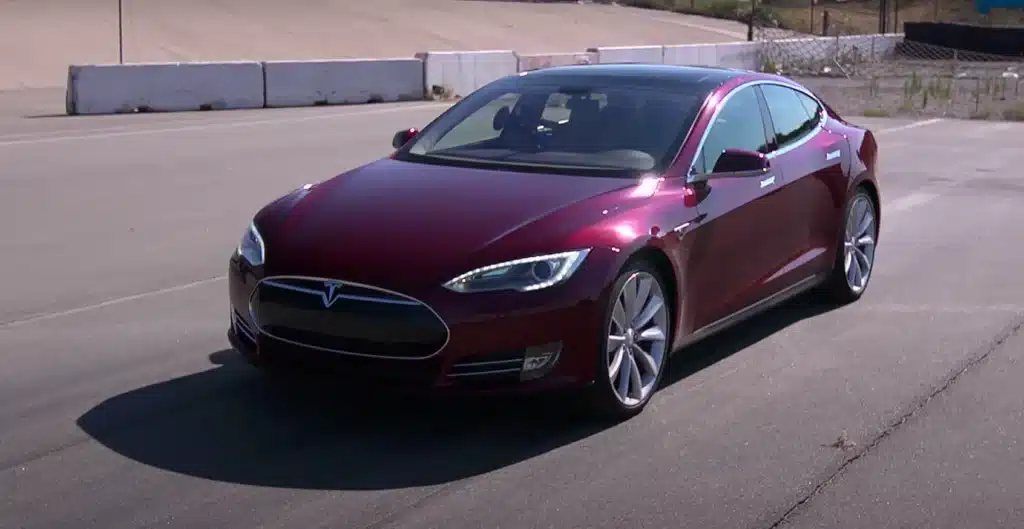
The car which saw the greatest depreciation between 2015 and 2025 was the Tesla Model S, dropping from $95,600 in 2015 to $9,800 in 2025.
This is a decrease of 89.75 percent.
In fairness to the Model S, it was launched in 2012, and battery technology has come a long way since then.
In second place was the Fiat 500e, which recorded a depreciation of 88.3 percent – a drop from $32,780 to $3,827.
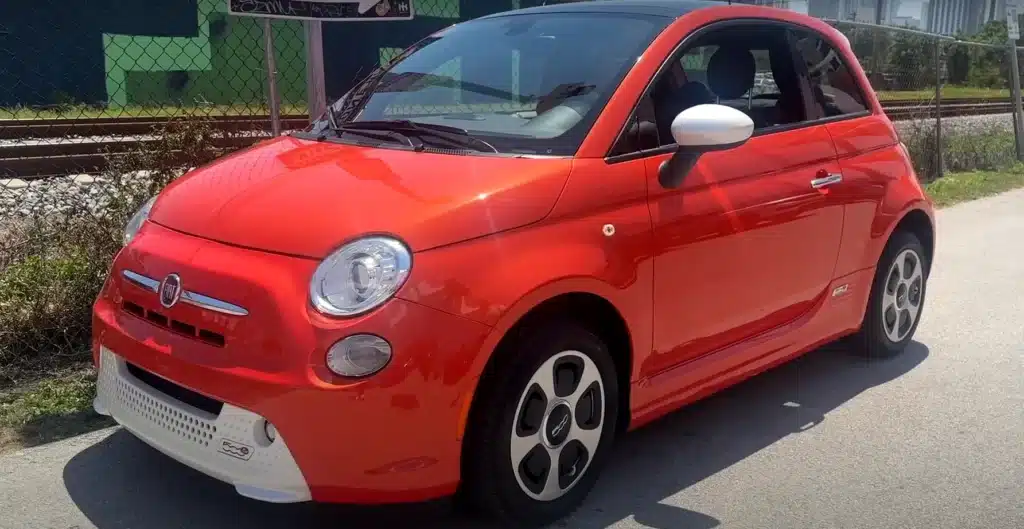
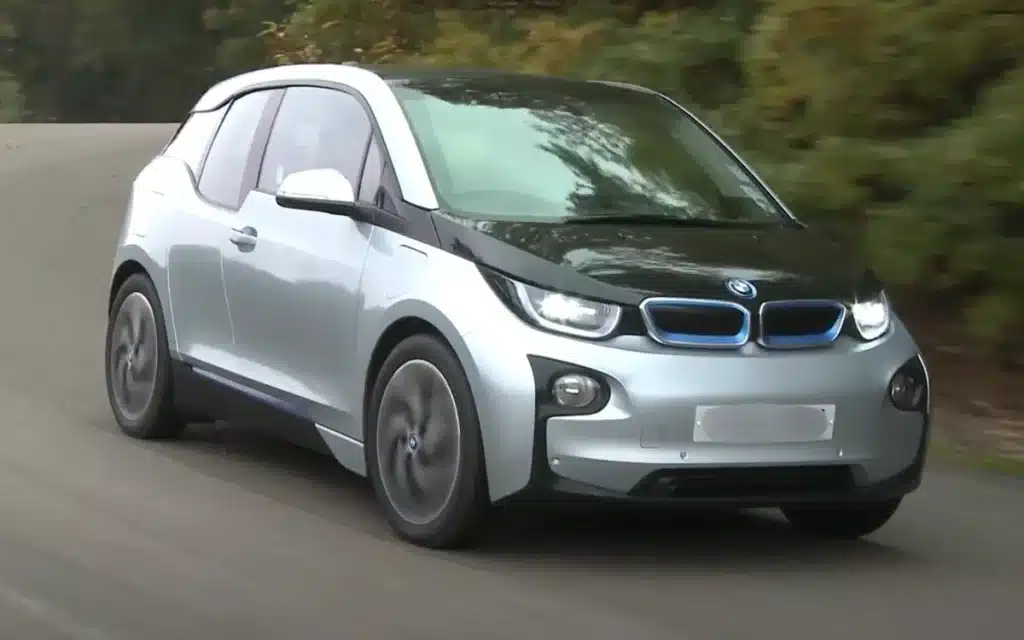
Rounding out the top three was the BMW i3, which dropped from $43,395 in 2015 to $5,940 in 2025 – a drop of 86.31 percent.
Other brands represented on the list included BYD, Ford, Peugeot, Nissan, Mercedes-Benz and Volkswagen.
The car that held up best over the decade?
The Renault Zoe, which only depreciated by 22 percent, going from $27,250 in 2015 to $21,200 in 2025.
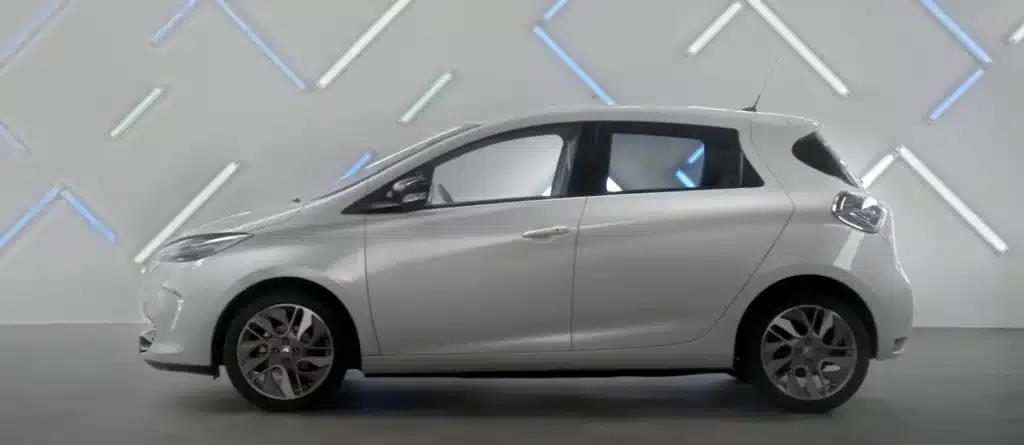
Tatiana Boohoff, the managing partner of Boohoff Law, commented on the study’s findings.
“The dramatic devaluation of early electric vehicles reveals a market still coming to terms with rapid technological evolution,” she said.
“Premium models face steeper percentage drops, indicating luxury features don’t shield against obsolescence when battery technology and range capabilities advance so quickly.
“First-generation EVs essentially serve as technological time capsules, with their value reflecting how far the industry has progressed.
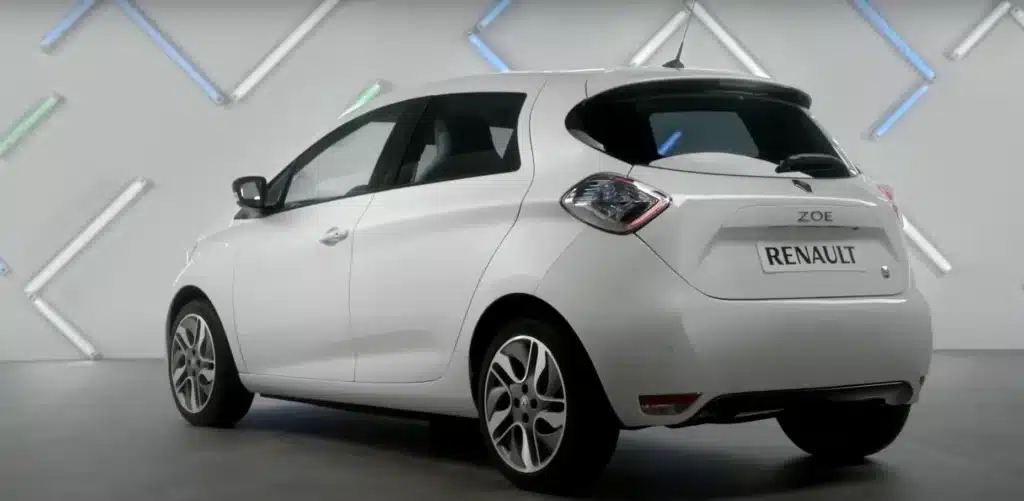
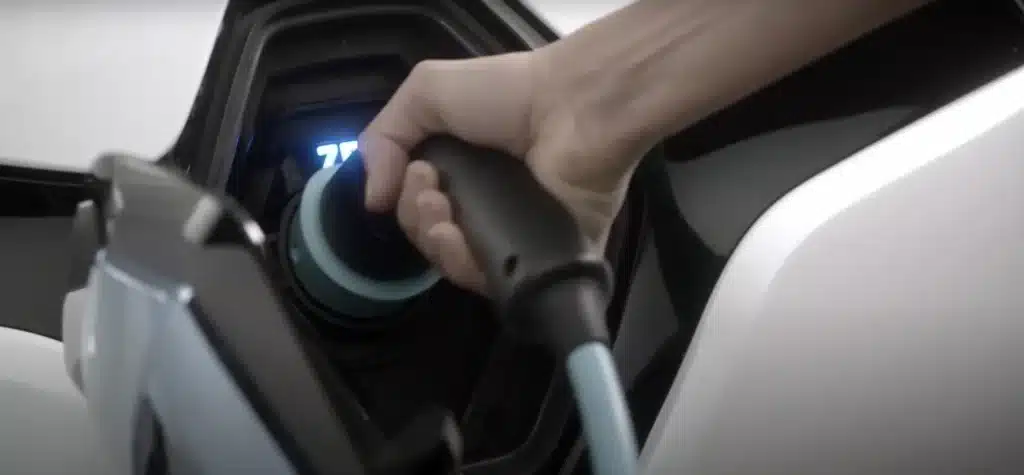
“For prospective EV buyers, this pattern suggests careful consideration of long-term ownership costs, especially as newer models continue to extend battery life, range capabilities, and charging infrastructure compatibility.”
The results in full:
- Tesla Model S ($95,600 in 2015 to $9,800 in 2025) – 89.75% decrease
- Fiat 500e ($32,780 in 2015 to $3,827 in 2025) – 88.33% decrease
- BMW i3 (BEV) ($43,395 in 2015 to $5,940 in 2025) – 86.31% decrease
- Peugeot iOn ($35,800 in 2015 to $5,800 in 2025) – 83.80% decrease
- Nissan Leaf ($29,010 in 2015 to $5,200 in 2025) – 82.08% decrease
- Mercedes-Benz B-Class ED ($41,450 in 2015 to $7,500 in 2025) – 81.91% decrease
- Ford Focus Electric ($29,120 in 2015 to $5,833 in 2025) – 79.97% decrease
- Kia Soul EV ($35,700 in 2015 to $7,200 in 2025) – 79.83% decrease
- Chevrolet Spark EV ($25,995 in 2015 to $5,400 in 2025) – 79.23% decrease
- Volkswagen e-Golf ($35,500 in 2015 to $7,600 in 2025) – 78.59% decrease
- BYD e6 ($35,000 in 2015 to $8,500 in 2025) – 75.71% decrease
- Toyota RAV4 EV (2nd Gen) ($49,800 in 2015 to $12,110 in 2025) – 75.68% decrease
- Smart Fortwo Electric Drive ($26,500 in 2015 to $6,500 in 2025) – 75.47% decrease
- Mitsubishi i-MiEV ($23,000 in 2015 to $6,200 in 2025) – 73.04% decrease
- Tesla Model X ($106,000 in 2015 to $35,000 in 2025) – 66.98% decrease
- Nissan e-NV200 ($21,700 in 2015 to $8,200 in 2025) – 62.21% decrease
- Honda Fit EV ($20,900 in 2015 to $8,700 in 2025) – 58.37% decrease
- Renault Zoe ($27,250 in 2015 to $21,200 in 2025) – 22.20% decrease
EVs have come a long way – and have a bright future ahead
Electric cars have come a long way since they were first released.
And the ascendancy of electric cars isn’t slowing down any time soon.
In Norway, 97 percent of all cars sold are electric, which is an astonishing figure.
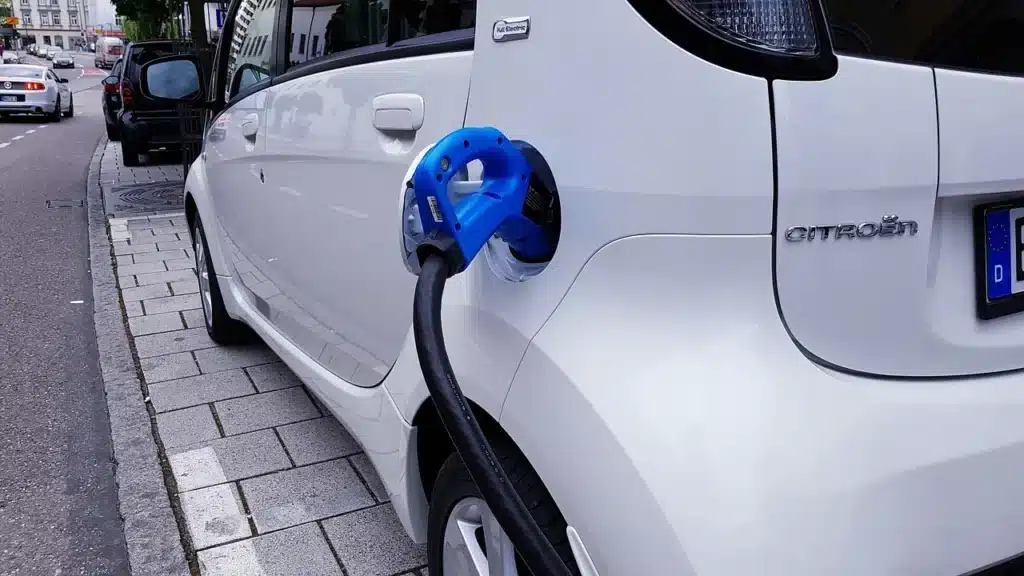
While the equivalent figure was only 10 percent in the US, one study found more than 70 percent of US motorists are either ‘likely’ or ‘very likely’ to go for an EV for their next car.
It’s expected that one in four cars sold in 2025 will be electric – and this figure will be 40 percent by 2030.
Click the star icon next to supercarblondie.com in Google Search to stay ahead of the curve on the latest and greatest supercars, hypercars, and ground-breaking technology.
DISCOVER SBX CARS: The global premium car auction platform powered by Supercar Blondie




